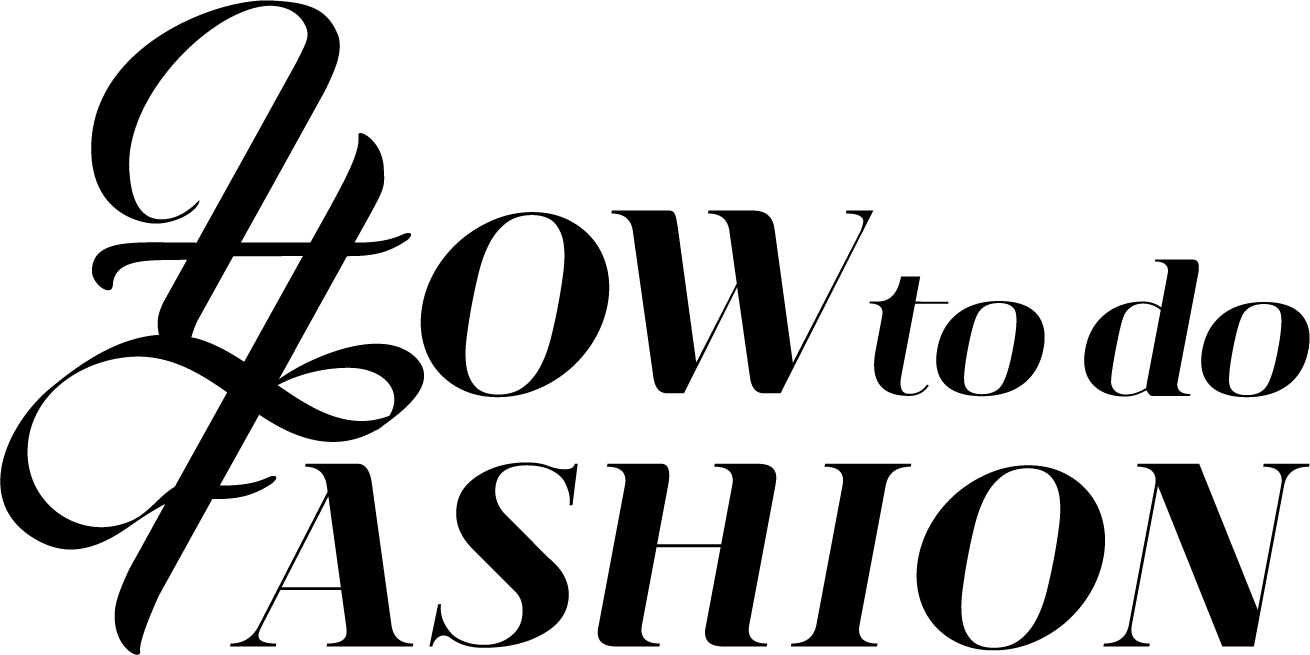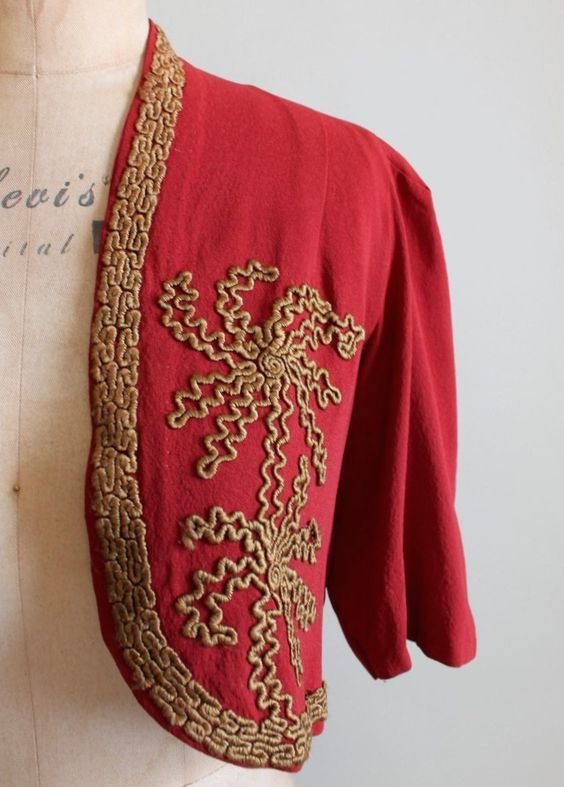The 1930s: Glamour, Femininity, and Tailored Details
I've always had a soft spot for the 1930s, where fashion oozes glamour and refined femininity. I love that every detail is carefully handcrafted, and mass production has not yet taken over. Even though the decade's overall silhouette doesn't necessarily suit my body shape, there are so many elements I'm entirely in love with. The hair, with its soft waves, is something I often draw inspiration from. Additionally, I adore the technique of bias-cutting and wide-legged trousers, which are both elegant and comfortable. For me, the 1930s is all about picking the best elements that truly make me feel good.
“I love that every detail is carefully handcrafted, and mass production has not yet taken over.”
Fashion and Design in the 1930s
The 1930s was a decade marked by significant political and economic changes, which were also reflected in fashion. This decade was sharply contrasted with the exuberant 1920s, leading to a more subdued, feminine, elegant, and sophisticated style. Let's dive into what made 1930s fashion and Design so unique and relevant—even today.
Characteristics of 1930s Fashion
1930s fashion moved away from the shorter dresses and bold looks of the 1920s towards a more sophisticated and elegant style. The shift from the 1920s to the 1930s is one of the most significant in the last century. Women's fashion moved from "boyish" the female body to celebrating women's soft and feminine curves. To me, the essence of the 1930s is glamour and embracing your inner diva. Here are five key characteristics of 1930s fashion that you can incorporate into your wardrobe if you want to create a glamorous look like a true diva:
Long, slender silhouettes: Long dresses and skirts that create elegant, flowing lines from the shoulders to the ankles.
Naturally placed waistline: Highlighting your natural waist. Use narrow belts or seams that emphasize your natural feminine proportions.
Soft shoulders: For rounded and soft shoulders, you can use light shoulder pads to create a graceful and feminine silhouette.
Elegant materials: Silk fabrics, satin, and velvet were popular in the 1930s because they gave clothes a luxurious look.
Hollywood glamour: Be inspired by movie stars. If you're attending a big event and want to create an elegant and sophisticated look, look to 1930s fashion.
“Women's fashion moved from "boyish" the female body to celebrating women's soft and feminine curves.”
Sewing Techniques
Sewing your clothes with details from your favourite era is incredibly satisfying. Here are three sewing techniques you can use if you want to add a hint of 1930s flair:
Bias-cut: Cutting the fabric on the bias, known as bias-cut, became popular in the 1930s. Bias-cut allows the fabric to drape naturally around your body, creating a fluid, form-fitting silhouette.
Refined seams: Clothing was often carefully tailored with darts and princess seams, which shaped the garment to the body and emphasized the waist.
Decorative elements: Embroidery, small bead embellishments, belts, and buttons were often added to give a sophisticated look, even to more subdued clothing. Generally, the level of detail in clothing from this period is high.
How To Do Fashion Patterns with details from this period:
No. 5 Aarhus is a dress and a blouse with many delicate and feminine details – the skirt is cut on the bias. Suitable for both everyday wear and special occasions.
No. 7 Vanløse is the ultimate 1930s trousers paired with a beautiful blouse featuring a cowl neckline – cut on the bias.
No. 20 New York embodies the glamour of the 1930s: The pattern includes a slip dress, a long gown, and a top. Cut on the bias, it drapes beautifully over the body and has elegant details.
Colors in the 1930s
Subdued and natural colours characterized the colour palette of the 1930s. Popular colours included:
Pastels and soft tones include light blue, pink, orange hues, and mint green.
Earth tones: Such as brown, beige, and khaki.
Floral or graphic prints.
Major World Events and Their Influence
The Great Depression, which hit the world at the end of 1929, significantly impacted 1930s fashion. Economic difficulties made people more practical. Clothes became more functional, materials cheaper, and luxury was toned down. At the same time, there was a longing for glamour and escapism, which Hollywood fully capitalized on. Film stars like Greta Garbo and Marlene Dietrich became style icons, and their elegant yet accessible style inspired many.
The Influence of the 1930s on Modern Fashion
In 2024, we still see elements from the 1930s in modern fashion. The streamlined elegance and soft colours are revived in today's designs. Contemporary designers like Alessandra Rich draw on the more feminine and girlish elements of 1930s fashion, while The Row often reflects the simple yet refined aesthetic of the 1930s.
By incorporating key elements of 1930s fashion into our modern wardrobe, we can create a sophisticated and timeless style that honours the past while looking ahead to the future.
Love from Nanna




















